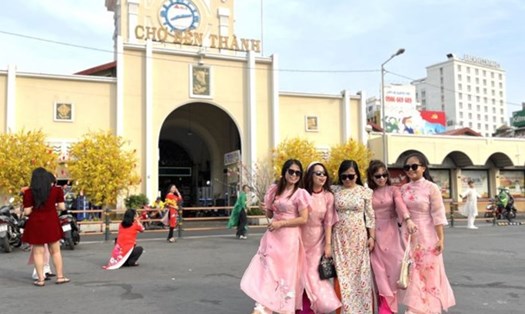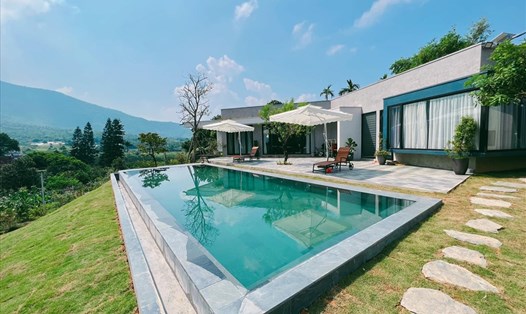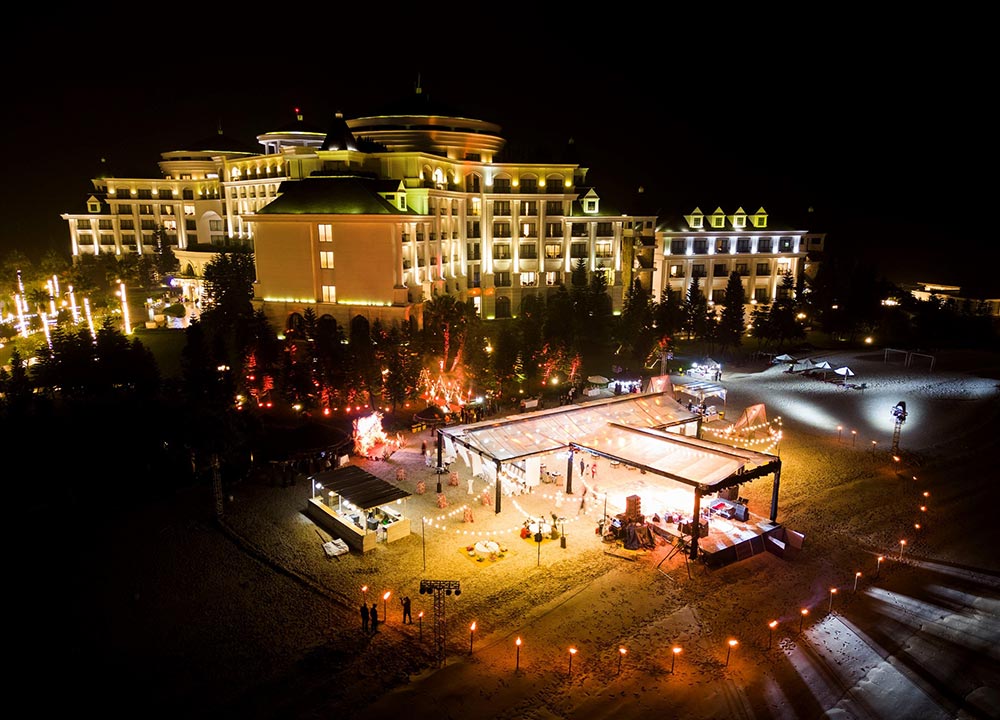
Not many high-end tourists come to Vietnam
In recent years, Vietnam has not only been a destination for backpackers and Westerners, but has also welcomed many billionaires and high-spending tourists to organize important events. Most recently, at the end of August 2024, an Indian pharmaceutical billionaire brought 4,500 tourism staff to Hanoi, Ha Long (Quang Ninh), and Ninh Binh.
Despite recognizing the bright spots of Vietnam’s tourism industry after the pandemic, experts assess that the number of high-spending visitors to Vietnam is still quite modest. The question is “What should Vietnam tourism do to attract visitors in the high-end segment?”.
This issue was discussed at the workshop “What products for high-end tourists to Vietnam?” held in Hanoi on October 11.
Deputy Minister of Culture, Sports and Tourism Ho An Phong said that the quality of tourists coming to Vietnam has increased significantly. For example, 5-star hotels are increasingly chosen by tourists over 3-star hotels.
The tourism industry needs to fully recognize, evaluate and forecast the upcoming direction to achieve higher results, especially in the high-end tourist segment to Vietnam. Mr. Ho An Phong assessed that more important than the numbers is the quality of visitors to Vietnam, how to make visitors spend more, stay longer, and promote the development of other economic sectors.
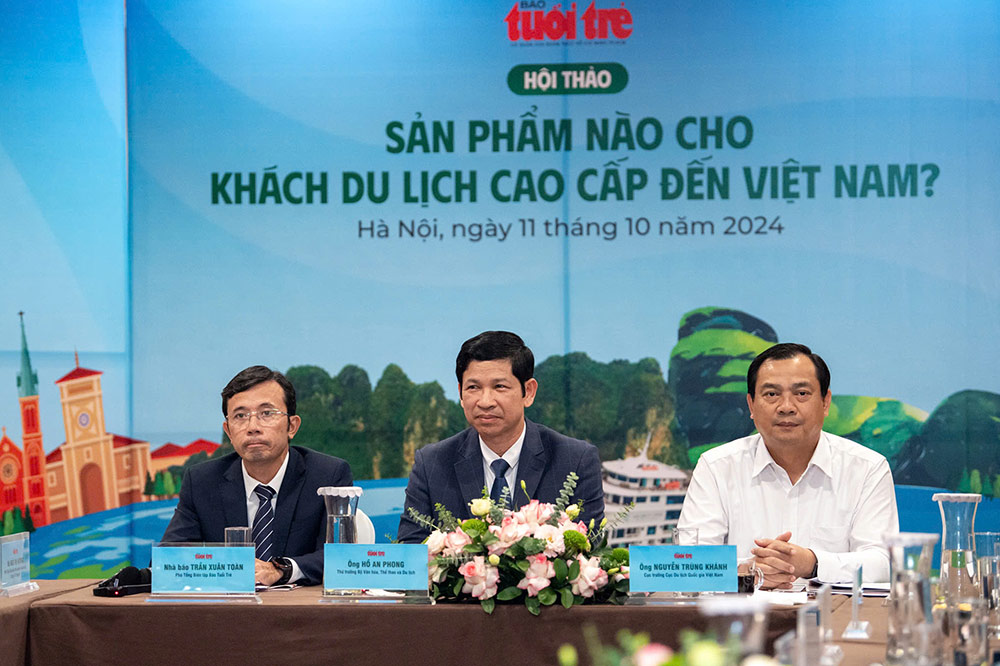
High-end products need to touch emotions
Sharing his experience in serving high-end customers, Mr. Nguyen Quoc Ky - Chairman of the Board of Directors of Vietravel, recounted the story of welcoming a group of 4,500 guests from an Indian billionaire to Vietnam. This special guest arrived in Vietnam two days before the group to visit Da Nang and Hoi An. When experiencing the basket boat in Hoi An, he said “Excellent!” when stepping ashore.
“The excitement that customers receive is what makes them feel excited. It is a premium experience,” said Nguyen Quoc Ky.
He revealed that the company had to hire 5 divers to dive underneath to find out how the basket was made, how the glue was applied, and test whether a heavy person would sit in front of the basket to see if it would be affected. The company even had to find the best person to shake the basket.
“We have to provide safe services to the point that tourists feel secure and excited to the utmost. I think that is an indispensable factor in building high-end products,” said Mr. Nguyen Quoc Ky.
According to him, high-end products and services cannot lack the quality of the services provided, and the meticulousness in arranging and preparing the services in a truly thoughtful manner. All so that visitors can feel the difference and the products touch the emotions of customers.
Sharing the same view, Ms. Ngo Thi Huong - Deputy General Director of Sales and Marketing of Vinpearl, said that the most important thing in building high-end products is to understand customers, identify who they are, and what they want.
“We always conduct customer surveys and approach the market to determine the services customers need, from which we develop products to reach the target customer segment,” said Ms. Ngo Thi Huong, affirming that “tailoring” products to each customer segment will encourage customers to spend more.
Accordingly, for the high-end customer segment, customers always require unique, personalized products. “We aim for the goal of “a destination with many experiences”, especially experiences that are available for the first time in Vietnam. In addition, we must also ensure the safety of tourists when experiencing tourism in Vietnam”, Ms. Huong expressed.
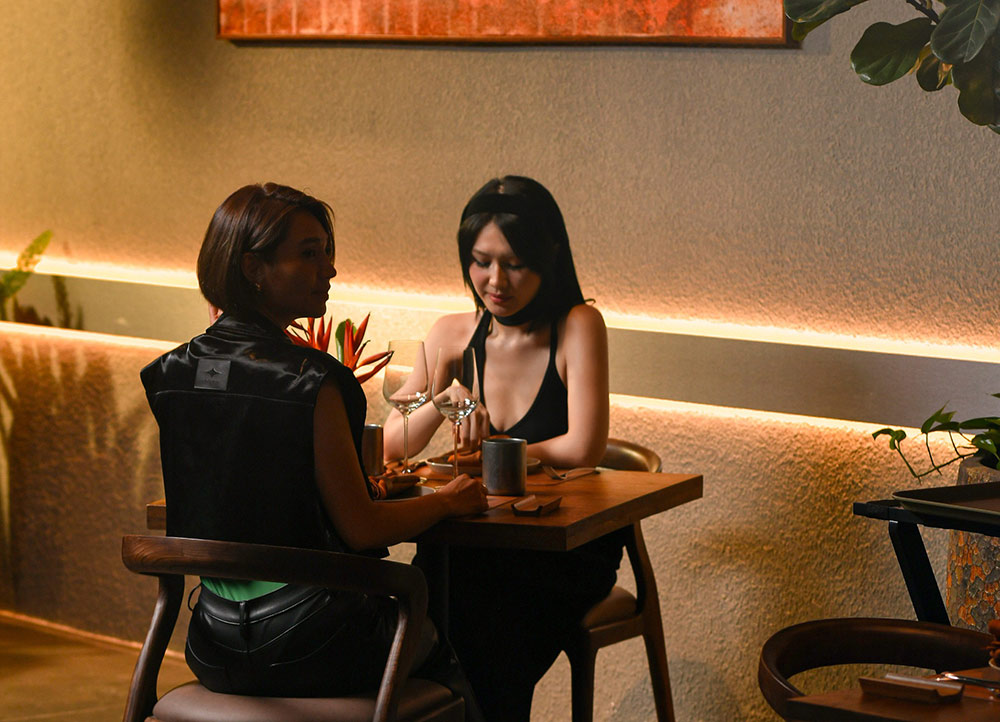
An Oxford Economics survey of Southeast Asia’s five largest sending markets – China, South Korea, Australia, the US and the UK – found that on average, tourists are willing to pay an additional $250 per person per day to visit destinations that offer premium dining experiences.
Seven in 10 potential tourists said that cuisine was an important factor when choosing a destination. This proportion increased especially for tourists in higher income groups. Tourists were 2.5 times more likely to choose a destination that offered a “high-end culinary experience” than a destination that only offered standard services.
Accordingly, the high-end culinary experience includes high-quality culinary products with a rich menu, many unique delicacies prepared by famous chefs and a variety of drinks from popular to high-end. Flexible location, easy to find. Providing a variety of options for visitors, serving a variety of premium alcoholic beverages to new cocktails. In particular, excellent personalized service requires a team of professional staff.
Liam Cordingly, chief economist at Oxford Economics, recommends that policymakers focus on developing high-end dining experiences, including building essential domestic and international supply chains, to improve the quality of the tourism experience. This will require creating conditions for high-quality products, restaurants and bars to operate legally.
“The Southeast Asian tourism market is very flexible and offers many attractive travel options. The balance between experience and cost remains the decisive factor for all services at tourist destinations.
Policies and regulations need to facilitate the creation of a business environment that is capable of providing products and services at competitive prices, encouraging all types of tourists to spend more,” said Mr. Liam, referring to the aspect of focusing on the price competitiveness of the destination.

